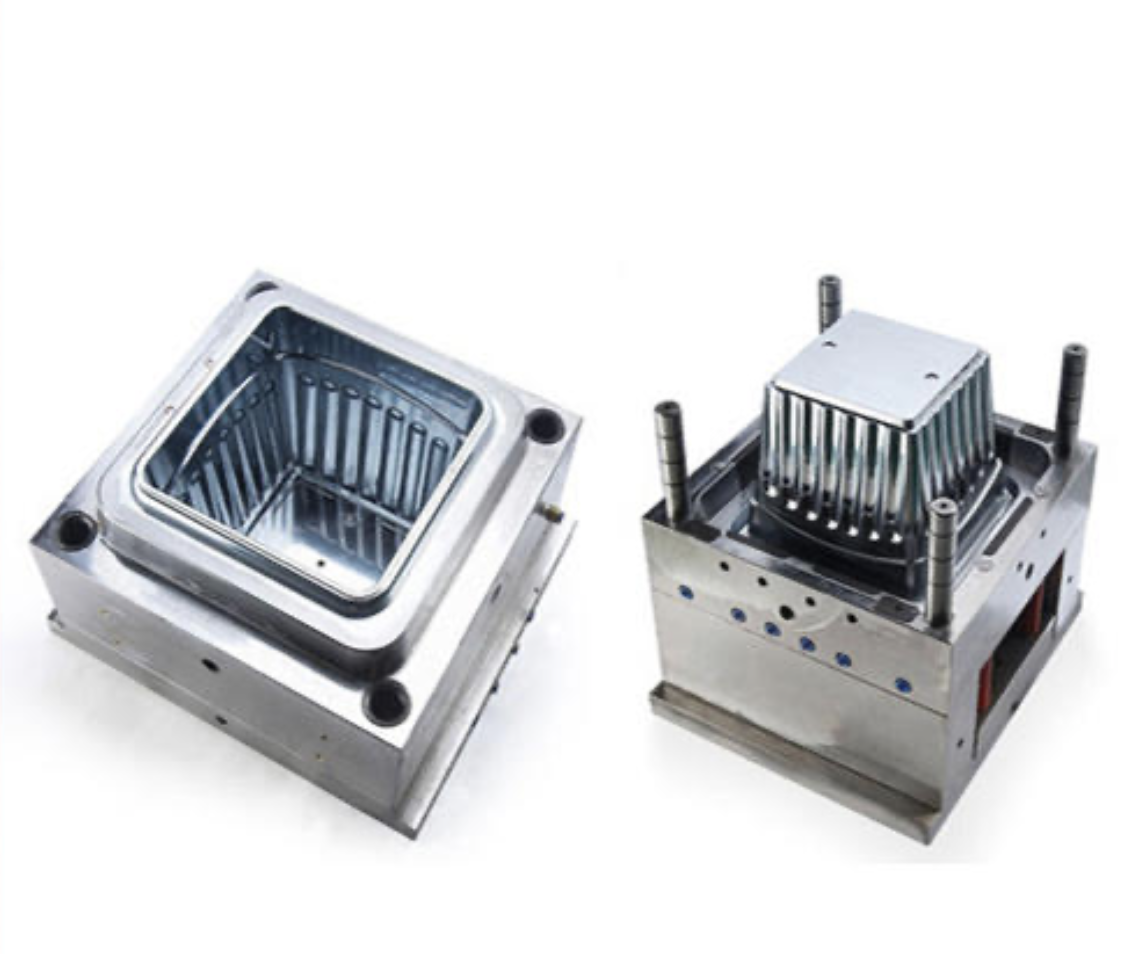It is all too easy to forget that with so much hi-tech equipment filling our offices and factories these days that it really does pay to concentrate on the basics, as this can have a large impact on our bottom line and, ultimately, reputation for quality and customer service. Often on my visits to other manufacturers, I see moulds costing large sums of money that are not stored as they should be and, I am sure, not as agreed between the manufacturer and the customer.
It is quite easy to forget, as a company dealing with these items on a regular basis, how much time, money and effort are put into the basics of our business to ensure that a quality product is produced. Moving moulds around the factory floor and producing top quality parts is something that we do on a daily basis and we do not think twice about this until something goes wrong. When this does happen, the reasons for such issues are never necessarily thought of as something that has occurred due to incorrect storage or abuse of the mould – something that is so central to our manufacturing process.
Moulds are often left in damp and unclean storage areas, not treated with rust and mould inhibiting solutions and some are not even covered or wrapped to ensure that the sensitive surfaces are kept both clean and undamaged while they are not being used. This is not only an abuse of our position as manufacturers, but also total disrespect for our customers’ intellectual and physical property and something that would not happen in the case of any other expensive item that is being taken care of by an external company.

How is it possible to look after moulds as they deserve to be treated and to ensure that they are always going to perform at their best in the next moulding process?
1.) Cleaning and checking of the mould immediately after completing the moulding process to ensure its integrity and wear rate. The addition of mould and rust inhibiting treatment should also be undertaken and the mould should be properly marked and logged to ensure the manufacturer knows of its location at all times;
2.) Cleaning, checking and repair of moulds should be undertaken on a scheduled basis, with logs to ensure that this important task has been performed and by whom. In this way, proof can be shown to the customer that safeguards are in place to reassure them on both the condition of the mould itself and also that it is still in your care and has not been stolen or used to make parts for anyone else;
3.) Quarterly inspections of moulds and customer follow-up to check if mould is still required for production purposes. Moulds can be very large pieces of metal and it is untenable expect the space to be available for easy access to all moulds. Moulds which customers do not envisage using within the next 6 to 12 months can be archived in secure storage instead of taking up valuable easy-access space on the shopfloor. This also increases security and reduces rental costs if factory space is tight.
The original article is from: https://www.nicerapid.com/mouldy-moulds-a-210.html
NICE Rapid have many years’ experience in injection moulding, rapid prototyping and mould production. Please do not hesitate to contact us when you are thinking about your next project or even if you would like to transfer your mould to us! Contact us by email enquiry@nice-rapidtooling.com!







